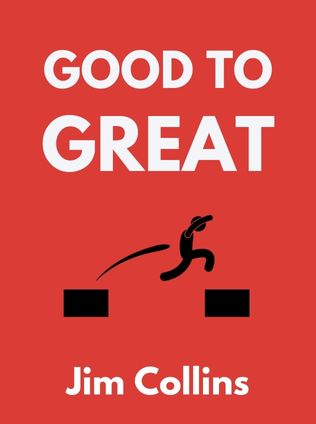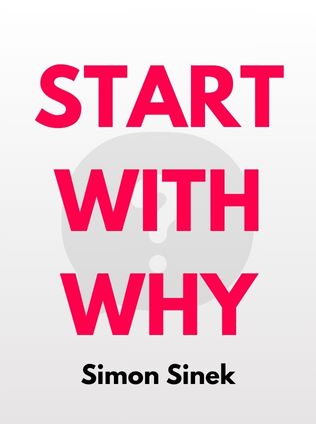
The Profit Zone
How Strategic Business Design Will Lead You to Tomorrow's Profits
By David J. Morrison,
Published 02/2002
About the Author
Adrian J. Slywotzky and David J. Morrison are renowned business strategists known for their deep insights into profitability and business design. Slywotzky, a director at Oliver Wyman, has authored several influential books on business strategy, including "Value Migration" and "How Digital Is Your Business?". He is recognized for his expertise in understanding market dynamics and value creation. Morrison, with a strong educational background including an engineering degree from Princeton and an M.B.A. from Harvard Business School, brings a practical perspective to strategic business solutions. Their collaborative work focuses on helping companies navigate complex market landscapes and achieve sustainable profitability.
Main Idea
"The Profit Zone" explores the crucial challenge of achieving and maintaining profitability in the modern business environment. The authors argue that traditional metrics, such as market share and volume growth, are no longer sufficient indicators of success. Instead, they emphasize the importance of designing business models that prioritize profitability by focusing on customer needs and value creation. The book provides a comprehensive framework for identifying profitable opportunities and developing strategic business designs that can adapt to changing market conditions. By understanding and anticipating customer needs, companies can find their place in the profit zone and thrive amidst competition.
Table of Contents
- Introduction: The Profit Zone
- Market Share Is Dead
- Managing for Volume Growth or Value Growth?
- No-Profit Zones
- Customer-Centric Business Design
- Building the Next Business Design
- Profit-Centric Business Design
- Protecting Your Profitability
- Reinventors and Their Successes
- The Profit Zone Handbook
- Moving Your Company Into the Profit Zone
Introduction: The Profit Zone
In the introduction, the authors set the foundation for understanding the concept of the 'profit zone.' They define it as the area within a business model where profitability can be maximized. The book argues that the focus on market share, prevalent in traditional business strategies, often leads companies into 'no-profit zones'—areas where revenue may be high, but profits are minimal or non-existent. The authors emphasize that the key to success lies in constantly reevaluating and redesigning business models to align with evolving market dynamics and customer needs. This proactive approach allows companies to anticipate changes and capture emerging profit opportunities.
Market Share Is Dead
This chapter challenges the long-held belief that market share is the primary driver of business success. Slywotzky and Morrison argue that many companies with significant market shares, such as IBM and Kodak, have struggled to maintain profitability. They attribute this to a misalignment between market share and value creation. The authors assert that in today's competitive landscape, focusing solely on market share can lead to inefficiencies and profit erosion. Instead, companies should aim to create value for their customers, which in turn drives sustainable profitability. The chapter highlights the importance of understanding customer needs and preferences to design products and services that deliver real value.
"Many large companies, after taking the turn toward market share and volume growth, have only hit a profitless wall." — Adrian J. Slywotzky
The authors provide numerous examples of companies that pursued market share at the expense of profitability. For instance, General Motors and Sears, once leaders in their respective industries, failed to adapt to changing market conditions and focused too much on maintaining market share. As a result, they faced declining profits and market relevance. The chapter concludes that companies must shift their focus from market share to profitability, emphasizing the importance of strategic business design.
Managing for Volume Growth or Value Growth?
In this chapter, Slywotzky and Morrison explore the dichotomy between volume growth and value growth. They argue that while volume growth—expanding the number of units sold—has traditionally been seen as a path to success, it does not necessarily lead to increased profitability. Instead, the authors advocate for value growth, which involves enhancing the perceived value of products and services to customers. This approach not only supports higher pricing but also fosters customer loyalty and repeat business.
Sign up for FREE and get access to 1,400+ books summaries.
You May Also Like
Rich Dad Poor Dad
What the Rich Teach Their Kids About Money - That the Poor and Middle Class Do Not!
By Robert T. KiyosakiFreakonomics
A Rogue Economist Explores the Hidden Side of Everything
By Steven D. Levitt and Stephen J. DubnerThe Lean Startup
How Today's Entrepreneurs Use Continuous Innovation to Create Radically Successful Businesses
By Eric RiesWho Moved My Cheese?
An Amazing Way to Deal with Change in Your Work and in Your Life
By Spencer Johnson, M.D.Factfulness
Ten Reasons We're Wrong About the World – and Why Things Are Better Than You Think
By Hans RoslingMake Your Bed
Little Things That Can Change Your Life...And Maybe the World
By William H. McRaven



















